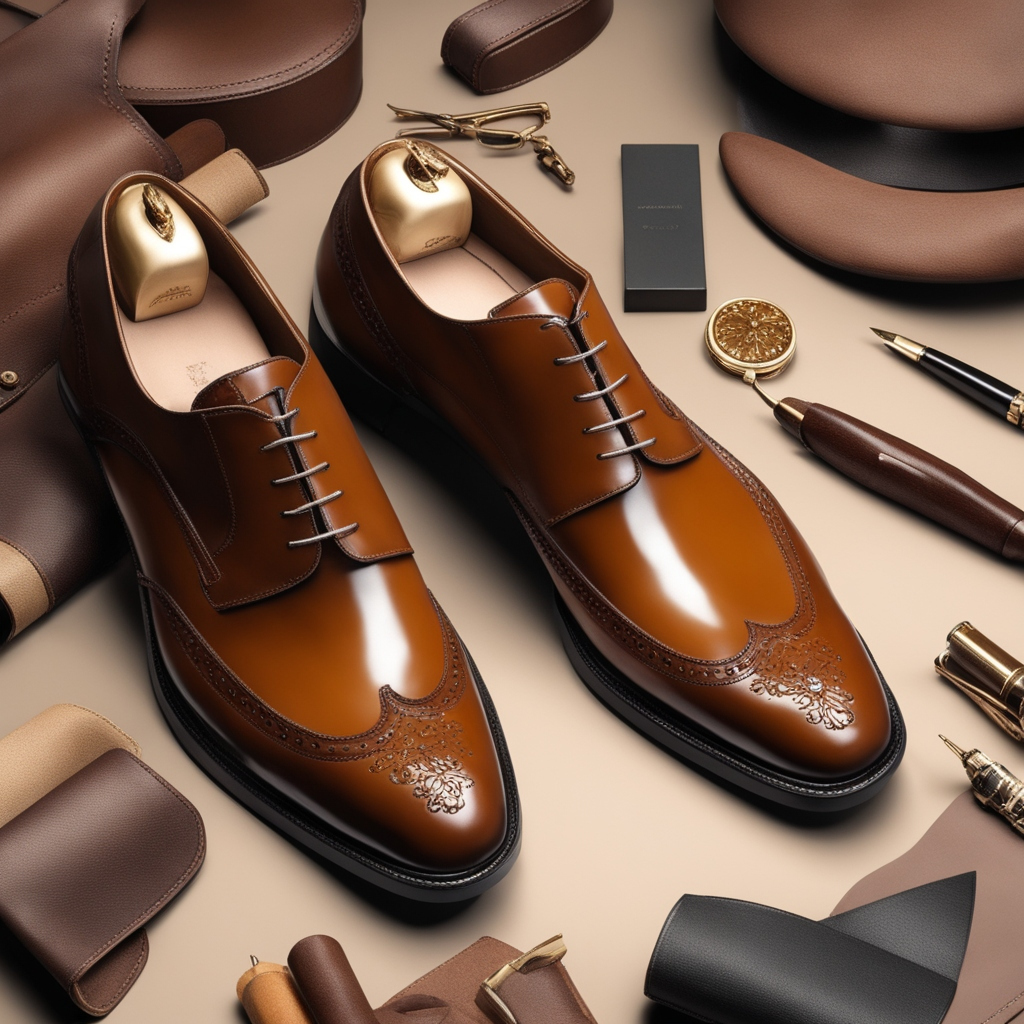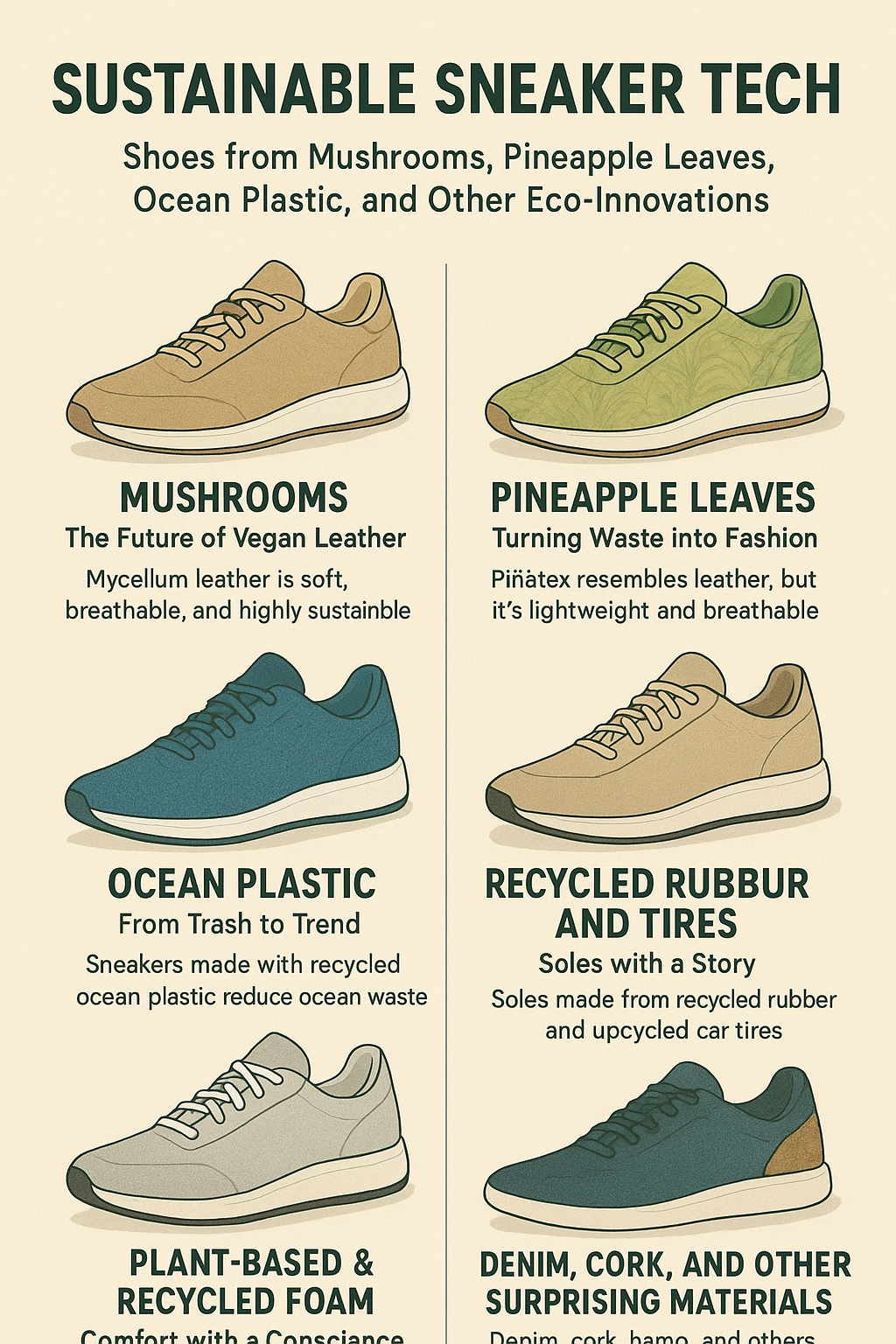Ever looked at a pair of Louboutins or Gucci loafers and wondered, “Why are these shoes so expensive?”
You’re not alone. Luxury shoes have become symbols of power, confidence, and art — but behind every dazzling pair lies a world of craftsmanship, exclusivity, and business strategy.
Let’s step behind the velvet curtain and uncover the fascinating story of why designer shoes cost so much.
💎 1. The Art of Craftsmanship
Luxury shoes aren’t made — they’re crafted.
Unlike mass-produced sneakers, high-end shoes are handmade by expert artisans who spend decades mastering their skills.
Each pair can take 30 to 50 hours to complete, going through meticulous stages like:
- Hand-cutting leather
- Precision stitching
- Lasting and shaping
- Polishing by hand
Brands like Berluti, John Lobb, and Salvatore Ferragamo uphold traditions passed down for generations. What you’re buying isn’t just footwear — it’s heritage, skill, and perfection in every stitch.
🪡 Luxury shoes are not manufactured; they’re born out of passion.
🐊 2. Premium Materials: The Soul of Luxury
Every luxury shoe starts with the finest materials on Earth.
Designers use:
- Full-grain calfskin for a smooth, flawless texture
- Exotic leathers like crocodile, ostrich, or python
- Supple suede and nappa leather for softness
- Gold-plated buckles or crystal embellishments for detail
Nothing is chosen for cost efficiency — only for beauty, comfort, and durability. These materials not only look stunning but also age gracefully, often lasting decades.
🎨 3. Design: Where Art Meets Emotion
Luxury shoe design is a blend of art, architecture, and emotion.
Every curve, heel, and stitch is carefully thought out by visionary designers like Christian Louboutin, Manolo Blahnik, and Giuseppe Zanotti.
They don’t just create shoes — they create confidence.
That’s why wearing red soles or sleek Italian loafers instantly makes you feel taller, stronger, and more stylish.
Luxury design speaks to your emotions — and that emotional power is what makes it truly valuable.
🏛️ 4. The Power of Brand Prestige
Let’s be honest — a huge part of the price comes from the name.
When you wear Gucci, Prada, or Chanel, you’re not just wearing shoes; you’re showing success and status.
Luxury brands build this prestige through:
- Decades of heritage and storytelling
- Celebrity endorsements
- Runway appearances
- Limited-edition releases
They sell more than a product — they sell a lifestyle. That sense of belonging to an elite world is priceless to their buyers.
📸 5. Marketing That Creates Desire
Luxury fashion doesn’t sell needs — it sells dreams.
Through cinematic campaigns, elegant packaging, and carefully curated social media, brands like Christian Louboutin or Gucci create desire.
Every photo, ad, and boutique interior is designed to whisper:
“You deserve this.”
Luxury marketing turns shoes into symbols of success — and that’s why customers don’t just buy them; they chase them.
🔒 6. Exclusivity: The Scarcity Effect
Ever notice how luxury brands release limited editions or custom designs?
That’s intentional. Scarcity drives desire.
When you know there are only 100 pairs in the world, owning one feels like joining a secret club.
Some brands even offer personalization — monogrammed initials, custom soles, or made-to-order fittings — adding emotional value that no mass brand can match.
👠 In luxury fashion, less is more — and rare means rich.
🌍 7. The Hidden Costs: Research & Sustainability
Behind the glamour, there’s serious investment in:
- R&D for comfort and design innovation
- Ethical leather sourcing
- Sustainable materials like mushroom leather or plant-based dyes
- Fair-wage artisan labor
Even the packaging, repair services, and boutique ambiance are part of the luxury experience. When you buy a pair, you’re also paying for responsibility and refinement.
💰 8. The Economics of Exclusivity
Luxury brands don’t aim to sell millions of shoes — they aim to sell fewer pairs at higher margins.
Each pair involves:
- Higher production costs (handmade labor, top materials)
- Import taxes
- Marketing and retail markups
This business model maintains brand mystique while ensuring that every buyer feels part of an exclusive world.
🧠 9. The Psychology Behind the Price Tag
Ever heard of “prestige pricing”? It’s a powerful psychological strategy.
When something costs more, we automatically perceive it as better. That’s why a $1,000 pair of heels can make someone feel more important than a $100 pair ever could.
Luxury pricing isn’t just about covering costs — it’s about creating perceived value.
And for many, that feeling of exclusivity and empowerment is worth every rupee (or dollar).
🌟 Conclusion: Walking in the World of Luxury
So, why do designer shoes cost so much?
Because they represent more than fashion.
They embody:
- Centuries of craftsmanship
- Rare materials
- Emotional storytelling
- A sense of identity and pride
When you step into luxury shoes, you’re not just walking — you’re making an entrance.
And that confidence, elegance, and exclusivity? That’s the real luxury.



